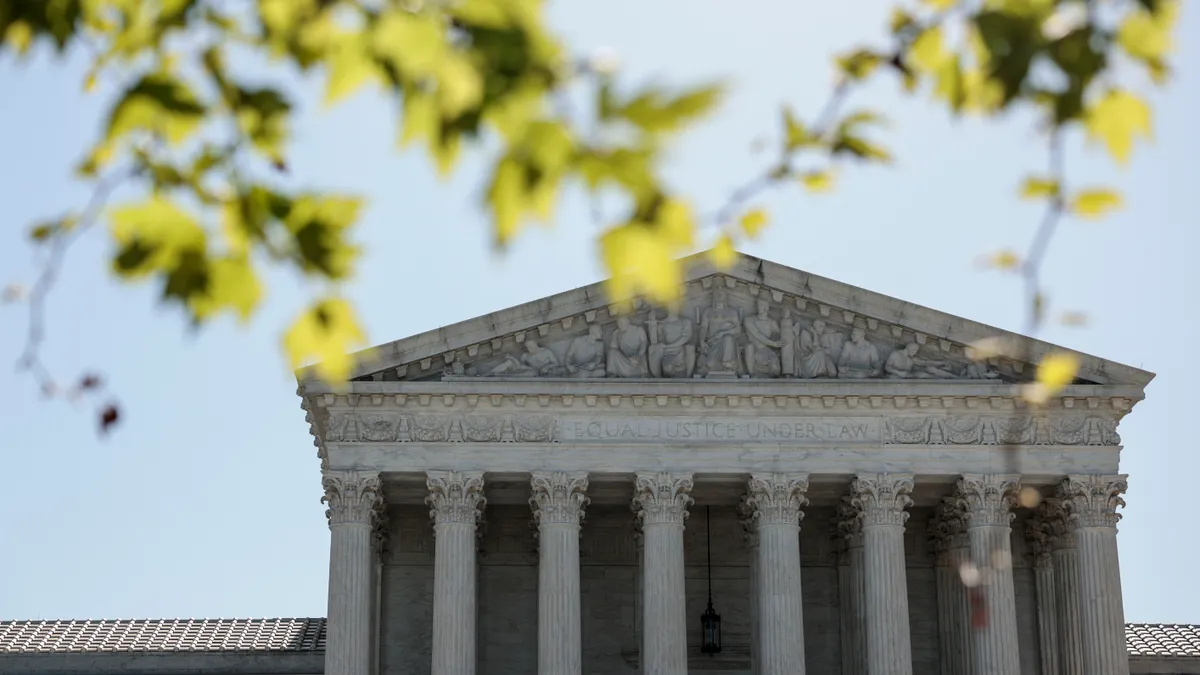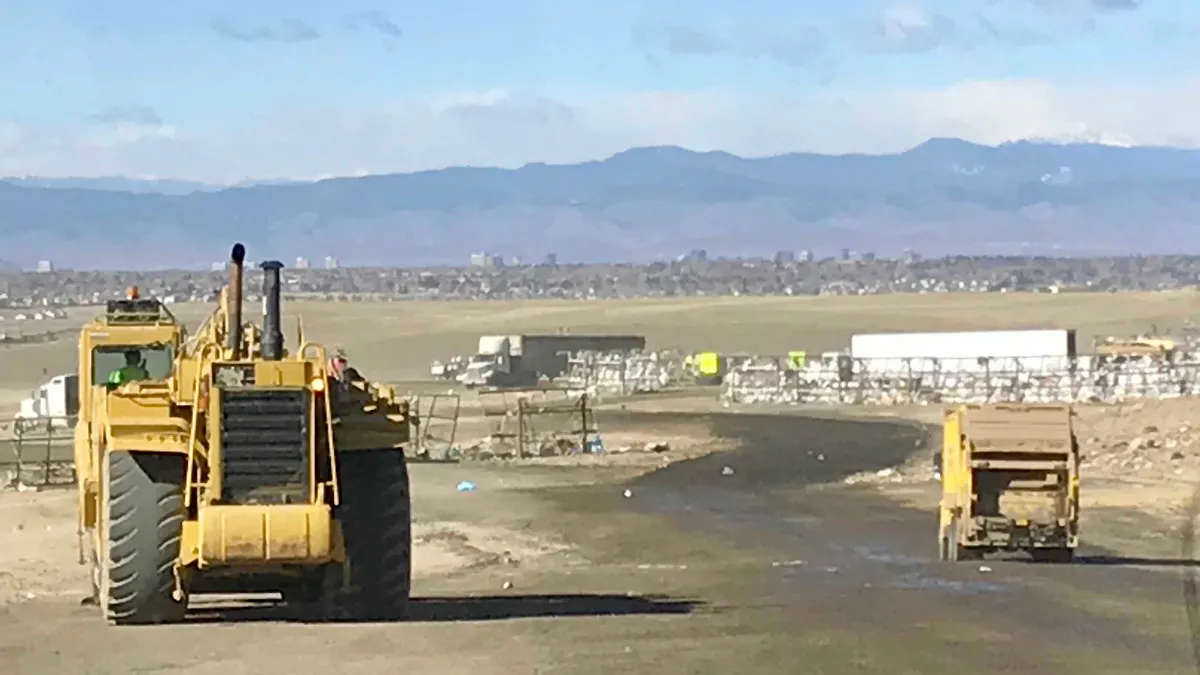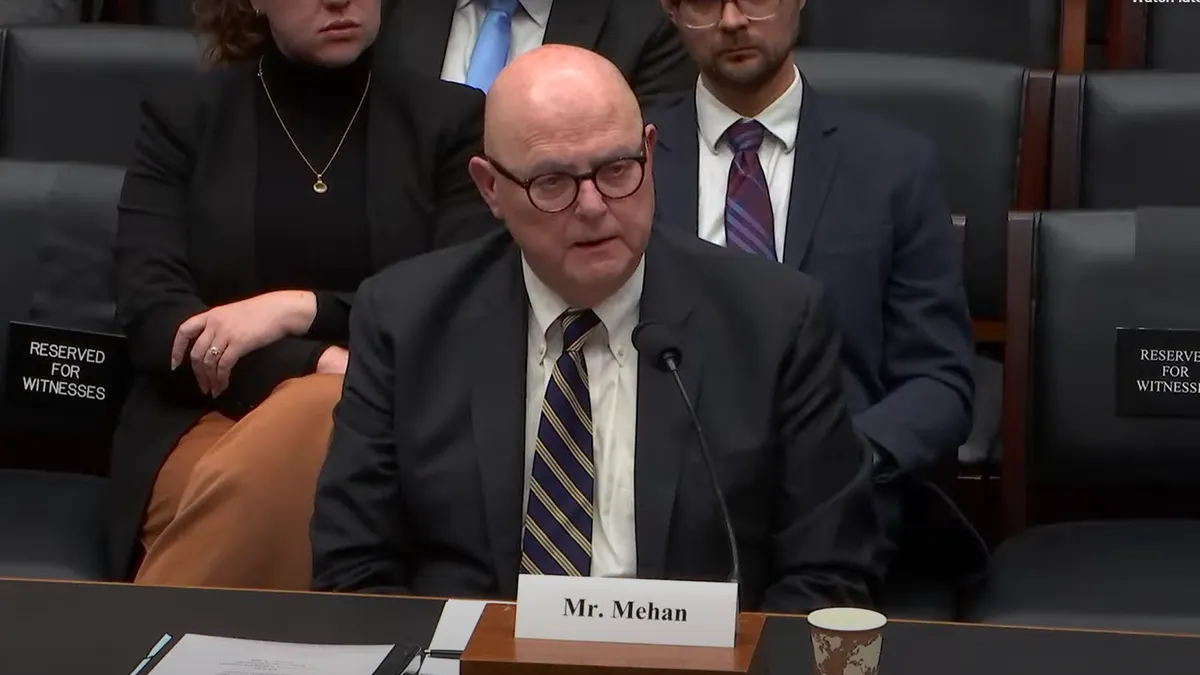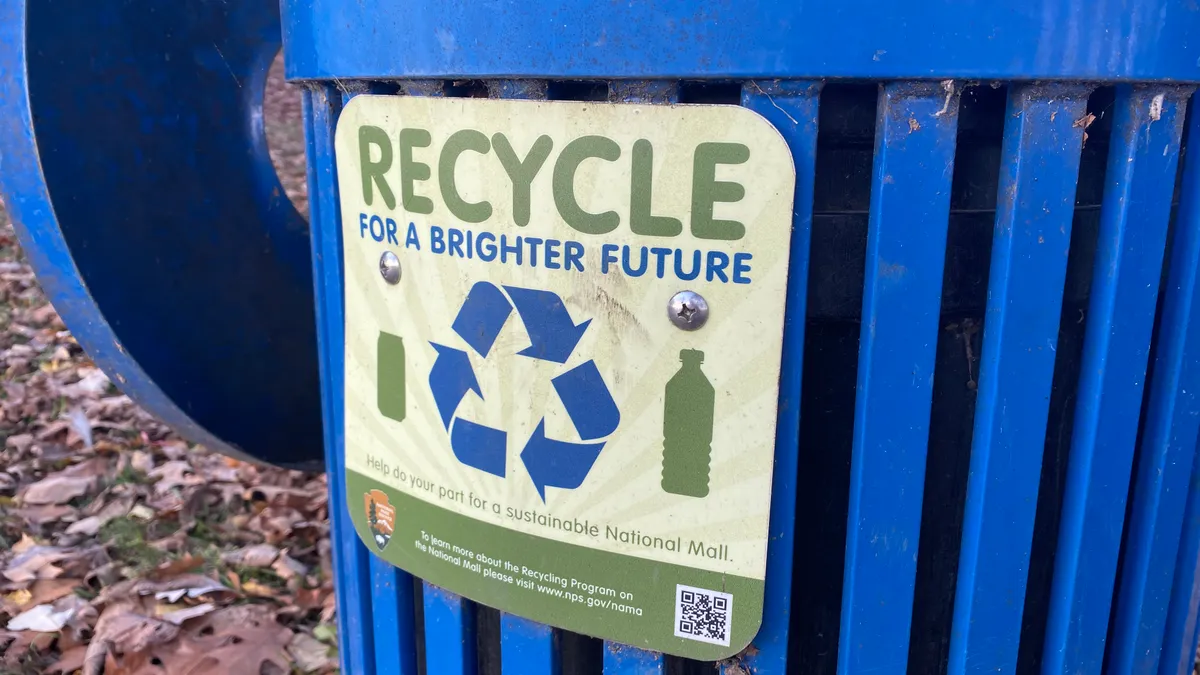A Supreme Court ruling that limits the scope of the Clean Water Act could have potentially beneficial implications for waste industry facilities in areas with designated wetlands.
In a Thursday decision about the case of Sackett v. EPA, the court sided against the agency’s position in a long-running dispute over whether a couple could build a home near Idaho’s Priest Lake. The agency blocked construction in 2007 based on the reasoning that the project was too close to a non-navigable creek that fed into the lake, which would require a costly CWA permit.
The U.S. Court of Appeals for the 9th Circuit previously ruled in favor of the U.S. EPA’s stance, “holding that the CWA covers wetlands with an ecologically significant nexus to traditional navigable waters and that the Sacketts’ wetlands satisfy that standard.”
The Supreme Court overruled that decision, with an opinion led by Justice Samuel Alito stating that “wetlands on the Sacketts’ property are distinguishable from any possibly covered waters.” While the court unanimously agreed the Sacketts did not need a CWA permit, four justices disagreed with the majority’s reasoning.
Wetlands are a common factor for many types of industries involved in project development, including the waste and recycling sector, and can lead to required mitigation actions or payments. Waste industry associations did not provide comment on the decision prior to publication.
“The decision goes further in limiting Clean Water Act jurisdiction than most observers thought the court would go,” said James Slaughter, a principal at Beveridge & Diamond with extensive waste industry experience. “The latest — and most consequential — Sackett decision plainly will mean less federal and more state regulation of isolated water bodies and wetlands and could ease enforcement pressure on the many solid waste facilities that are not ‘adjoining’ to navigable waters like streams and rivers. It should also limit private citizen suits under the Clean Water Act, which are the most frequent type of federal enforcement for the solid waste industry.”
The latest annual filings for companies such as WM, Republic Services and Waste Connections all note the presence of wetlands can be a factor in landfill construction or expansion.
“The Supreme Court decision will be helpful to the solid waste industry in the short term, as it narrows the scope of the Clean Water Act’s jurisdiction and reduces a potential barrier to construction or expansion of facilities,” said David Biderman, president of the recently-formed Biderman Consulting, who also said this is expected to affect the EPA’s latest rule defining “waters of the United States” under the Clean Water Act.
The WOTUS debate has been contentious across multiple administrations. Under President Biden, the EPA finalized the latest version in March, but that is currently on hold in 26 states after it was blocked by federal judges in two cases.
Waste Connections’ annual filing said in February that “an expansion of the scope of the WOTUS definition could adversely affect our business,” and the company “could face increased costs and delays in obtaining permits under the Clean Water Act.”
This marks the third key Supreme Court decision in recent decades about wetlands under the Clean Water Act, following others that adjusted or narrowed definitions. This included the 2001 Solid Waste Agency of Northern Cook County decision, relating to a landfill proposal in Illinois, and the 2006 Rapanos decision, relating to wetlands in Michigan. Biderman filed an amicus brief in the former case on behalf of what was then called the National Solid Waste Management Association (now the National Waste & Recycling Association).
In a statement, Biden called the Supreme Court decision “disappointing” and said his team “will work with the Department of Justice and relevant agencies to carefully review this decision and use every legal authority we have to protect our nation’s waters for the people and communities that depend on them.” EPA Administrator Michael Regan echoed those sentiments in his own statement.
Environmental groups such as Earthjustice also panned the decision, calling it a “culmination of decades of deregulatory advocacy and attacks on the Clean Water Act by corporate polluters and developers.” The Sierra Club called it “profoundly wrong.”
Slaughter said it was notable that “the new, restrictive rule commanded only a 5-4 majority.” A dissenting opinion from Justice Brett Kavanaugh said “the court’s new test will leave some long-regulated adjacent wetlands no longer covered by the Clean Water Act, with significant repercussions for water quality and flood control throughout the United States.”



















